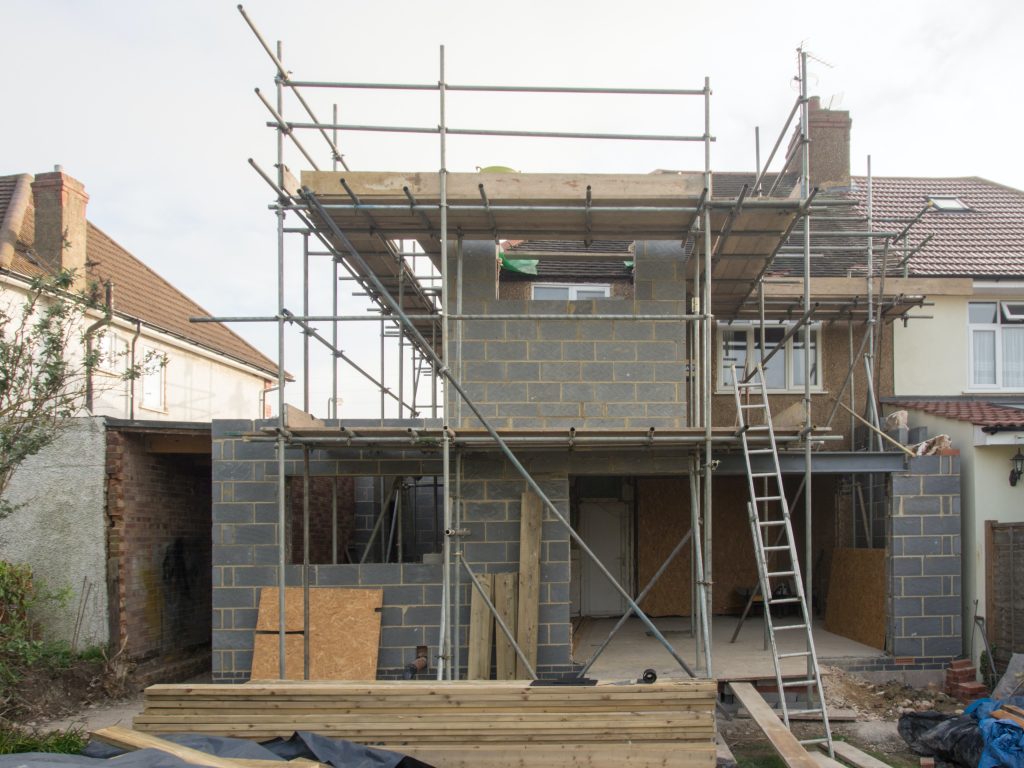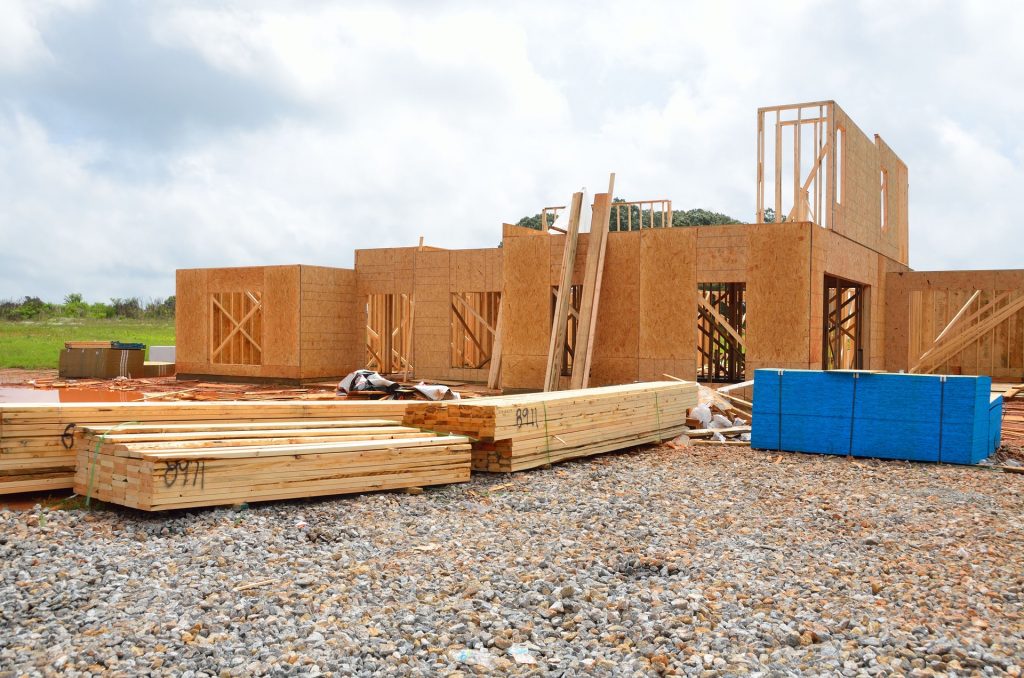february 2021, issue 3
ELITE PERMITS
BRIEFING ON CONSTRUCTION & Some other stuff


Do I need a Permit?
Written by TATIANA gUSt
This is THE question I get asked all the time, and 95% of the time the answer is, YES! As a former building department manager, I have found that most people don’t realize they need a permit because they are working within their own 4 walls… they have often told me “I can do whatever I want inside my house”. While this is true for decorating, it may not be true for rearranging nonbearing walls or replacing kitchen cabinets. The truth is that the building codes are in place for two simple reasons: to protect the occupants of the property and to protect the property itself.
Lets us represent you at the building department much like a lawyer represents you in court. Well hopefully you haven’t had that issue but you get the point.
Can you imagine a situation where you live in a condo and your upstairs neighbor replaces their kitchen cabinets without a permit? While it may not seem like a big deal at the time, what if your neighbor’s plumbing connection did not meet code, which backed up the sewer lines, and a week later, your unit is flooded with wastewater!!! Not fun at all. This is the intention of the building codes and the reason for requiring permits; to prevent issues like these.
While most building departments have their own criteria, many states have either adopted the International Code Council (ICC) building codes or have developed their own codes based on the ICC codes. This means that they use the ICC code as a base code and make changes in accordance with the specific regulations that are more applicable to the state. For example, Florida has its own building codes based on the ICC, with numerous amendments to accommodate the wind provisions and flood provisions, which are more significant in Florida than in other states.
So, when, after you get done watching the beautiful designs of Joanna Gaines, you start thinking, “this long weekend I am going to tackle the remodel of my bathroom and I am going to remove that ugly tub and convert it into a shower” … think twice before you start the demolition, most urban areas will require a remodel permit and then the headaches start. Many people get discouraged when they hear all that is involved in the permitting process (which is very scary when you are not familiar with it), so I often hear either “I won’t do anything because it is too difficult” or “that’s why people do things under the table and don’t pull permits…government makes it so difficult to comply”
Here is where I thought I could help others, we created Elite Permits to make the permitting so simple for you that you don’t ever think about giving up on your project or doing it without a permit.







